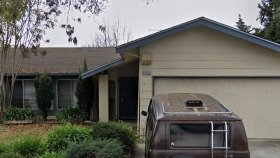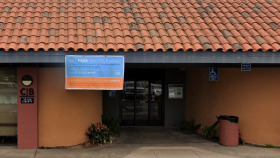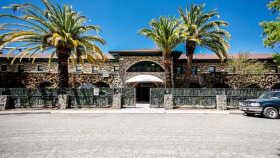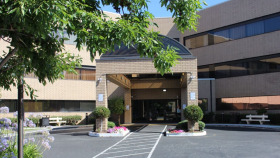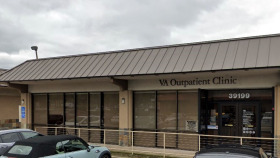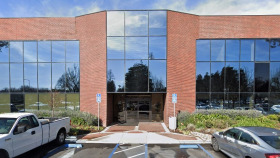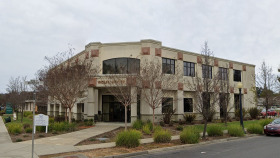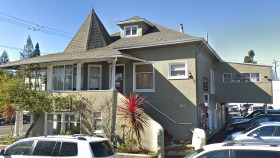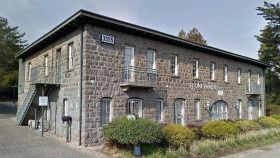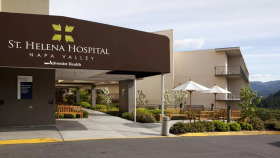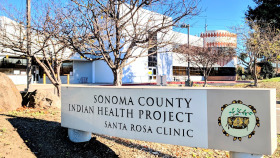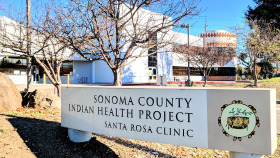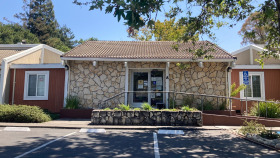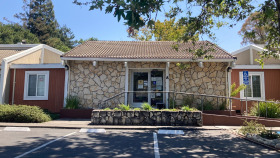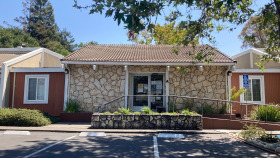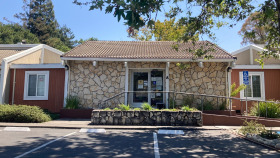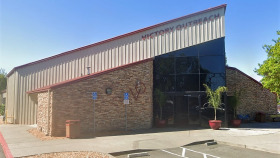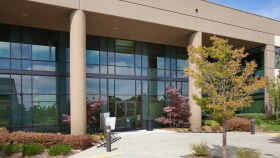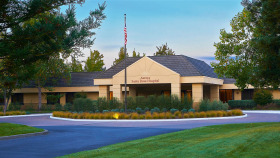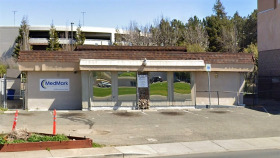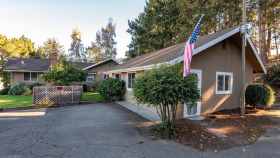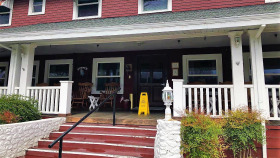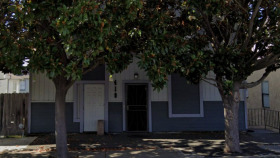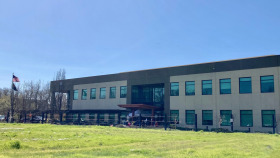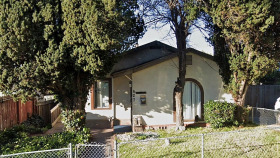Expert Insights
A pilot program near Fremont, California was recently started to help teens who present to the emergency room for issues related to opioid addiction. The goal is to get these teenagers into rehab programs before ever leaving the local emergency room. Research shows this intervention can lead to long-term success in recovery. I am eager to see the results and data from this program, as I am expecting to see confirmation that it does help to get people (of all ages) into treatment immediately instead of letting them leave the ER and continue abusing opioids.
~ Olivia Pennelle
How Expensive is Drug Rehab in Fremont?
Drug rehab in Fremont, CA, can cost a lot or a little, based on a number of factors. Common variables that affect the cost include:
Treatment setting (inpatient or outpatient)
Features and amenities (luxury or standard rehab facility)
Duration of program (30, 60, or 90 days)
Health insurance plan
Choosing a rehab facility in-network with health insurance provider
Government funding
Location (city vs. suburb)
With so many factors involved, it’s easy to see why the cost of drug rehab in Fremont, CA, varies greatly. However, on average, the cost of outpatient rehab in California is $1,703, and the average cost of residential rehab is $56,654. For those who seek medication-assisted treatment, the national average cost of methadone is $126 per week. Buprenorphine averages $115 per week. And Naltrexone and related services cost an average of $1,177 per month.3
How Does Fremont Compare in Alcohol and Drug Use?
Located on the shores of San Francisco Bay, Fremont, CA, is susceptible to drug issues that spill over from the nearby Oakland and San Francisco areas. As a result, the need for drug rehab in Fremont, CA, is greater than ever. Fortunately, 55 treatment centers for substance use disorders are located within a 25-mile radius of Fremont. These facilities offer a variety of treatment options for those in need of drug rehab in Fremont, CA.
The following statistics reveal recent trends for substance abuse in Fremont’s Alameda County.1

There were 203 opioid overdose deaths throughout the year of 2021 in Alameda County.

Alameda County experienced 477 emergency department visits related to opioid overdose in 2021.

There were 137 hospitalizations related to opioid overdose in 2021.
- The opioid prescribing rate for 2021 was 308.89 per 1,000 residents.
- The opioid prescribing rate decreased 16% between 2019 and 2021.
- The prescribing rate for buprenorphine (medication prescribed for opioid use disorder) increased 8% between 2019 and 2021.
- The rate of drug-related crime in Fremont is 2.4 per 1,000 residents per year.2
Alcohol and Drug Laws in Fremont, CA
State and local California officials have established the following laws in Fremont regarding substances, substance use, and related issues.
California Employee Protections for Drug or Alcohol Rehab:: California Labor Code Section 1025-1028 requires all employers with 25 or more employees to provide accommodation to employees who choose to attend drug rehab in Fremont, CA. Accommodations may include time off, use of sick leave, or use of vacation time to attend treatment. Employees may request this time off under the Family and Medical Leave Act (FMLA) or the California Family Rights Act (CFRA).
Substance Abuse and Crime Prevention Act:: Also known as Proposition 36, this initiative provides treatment opportunities for those who are convicted of non-violent drug crimes. Eligible offenders may serve their time in drug rehab in Fremont, CA, rather than serve a prison sentence.
California Government Prevention and Care Services:: Senate Bill 110 expanded California’s treatment services to include contingency management as a covered Medi-Cal benefit. This incentivized treatment program rewards patients who demonstrate substance-free behavior, such as drug-free urine tests, with gift cards and other vouchers.
California Ethical Treatment for Persons with Substance Use Disorder Act: This 2022 bill protects drug addiction treatment patients and their families. It requires that everyone who is receiving addiction care be treated with honesty and respect and that all treatment providers establish a bill of rights for all clients.
California Good Samaritan Overdose Prevention Law This law protects those who seek emergency care for themselves or someone else who is experiencing an overdose. The law provides limited protection from arrests and prosecution on drug charges. The aim of the law is to save lives by removing the fear of calling the authorities during a medical emergency.
Resources
- CA Overdose Dashboard. (n.d.). Skylab.cdph.ca.gov.
- Fremont, CA drug-related crime rates and maps. (n.d.). CrimeGrade.Org.
- National Institute on Drug Abuse. (2021). How much does opioid treatment cost? National Institute on Drug Abuse.



